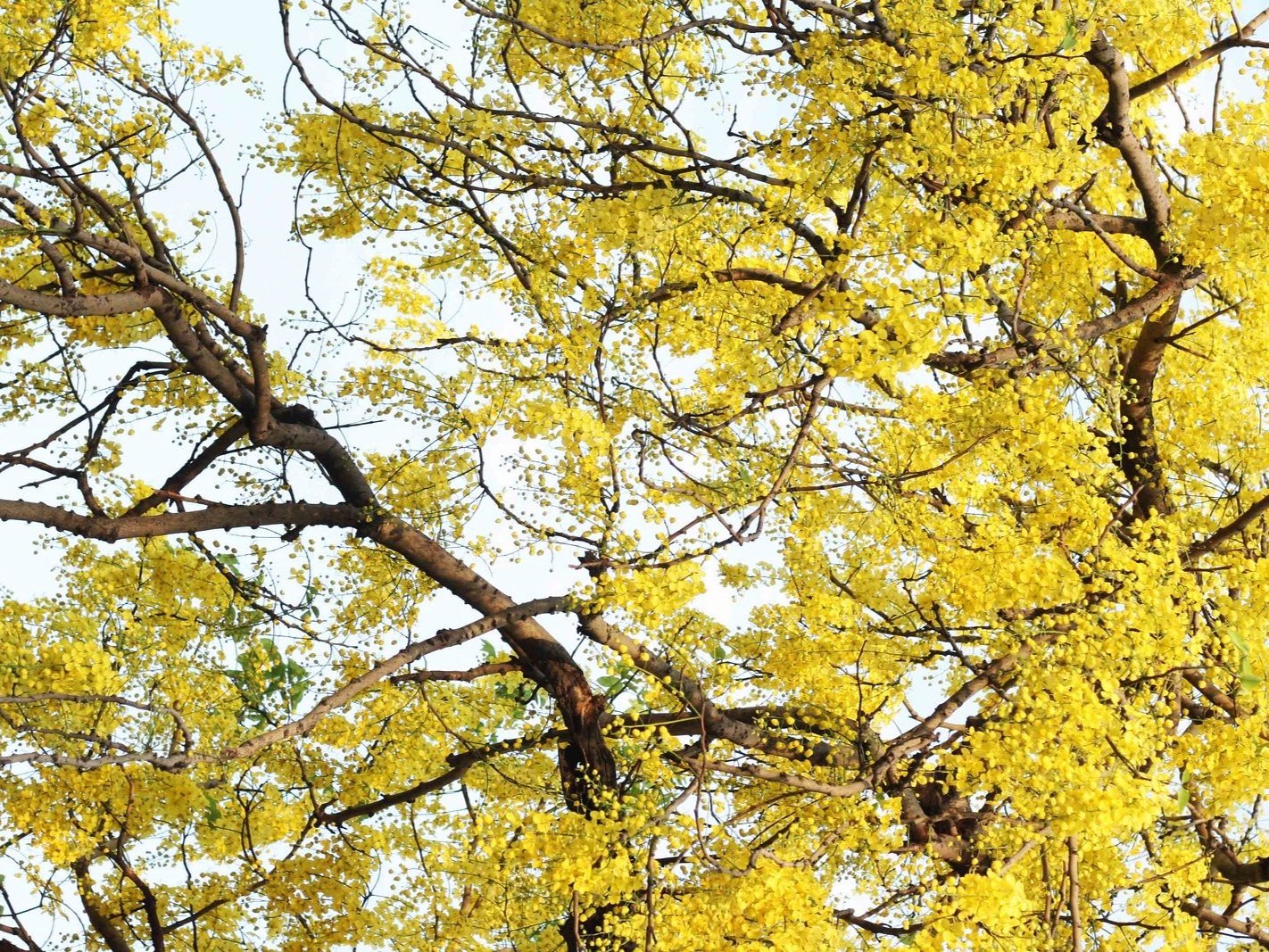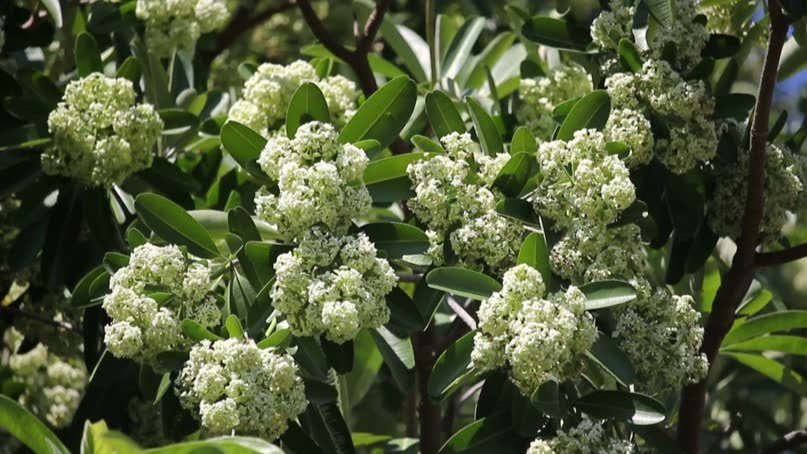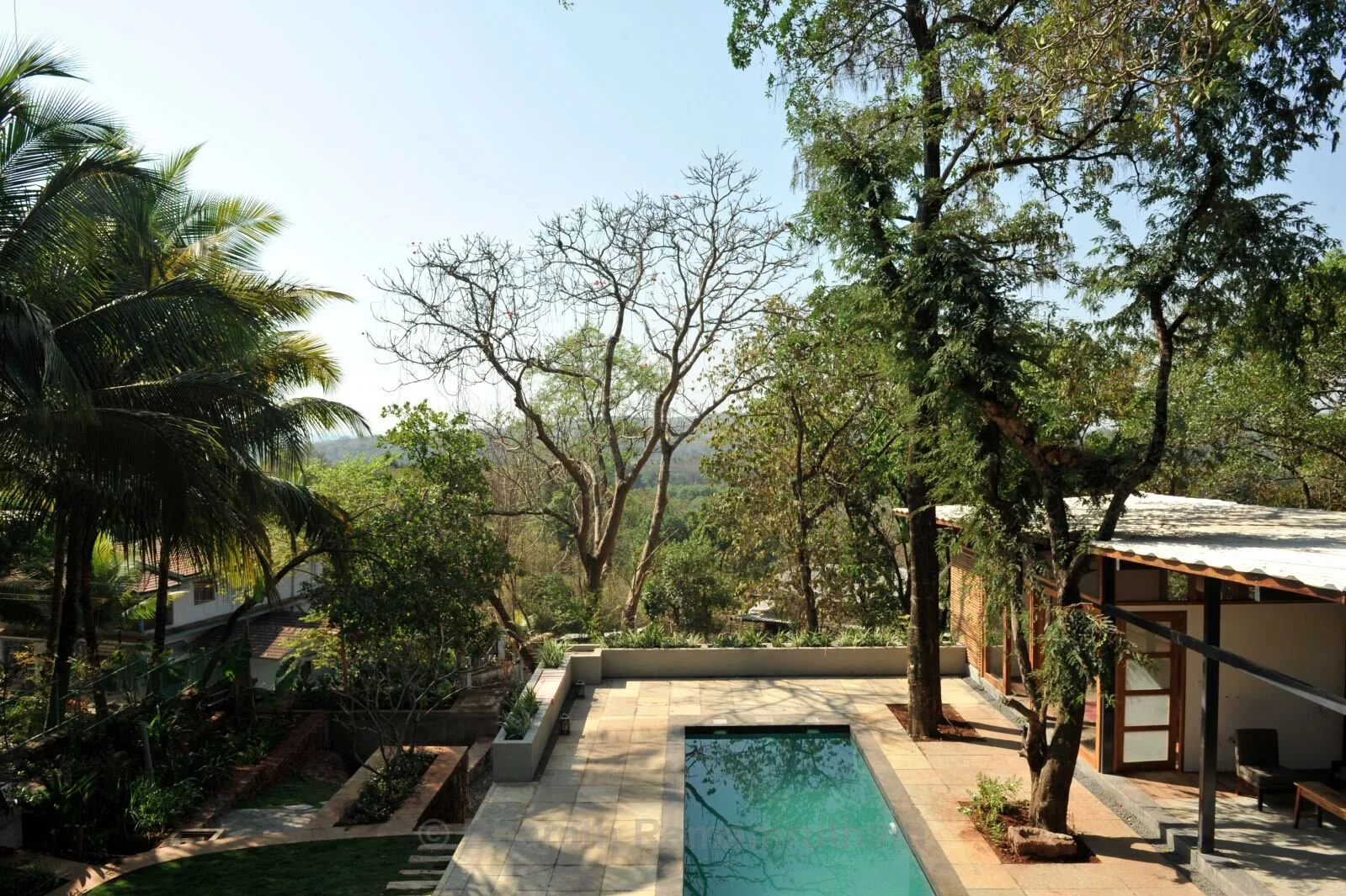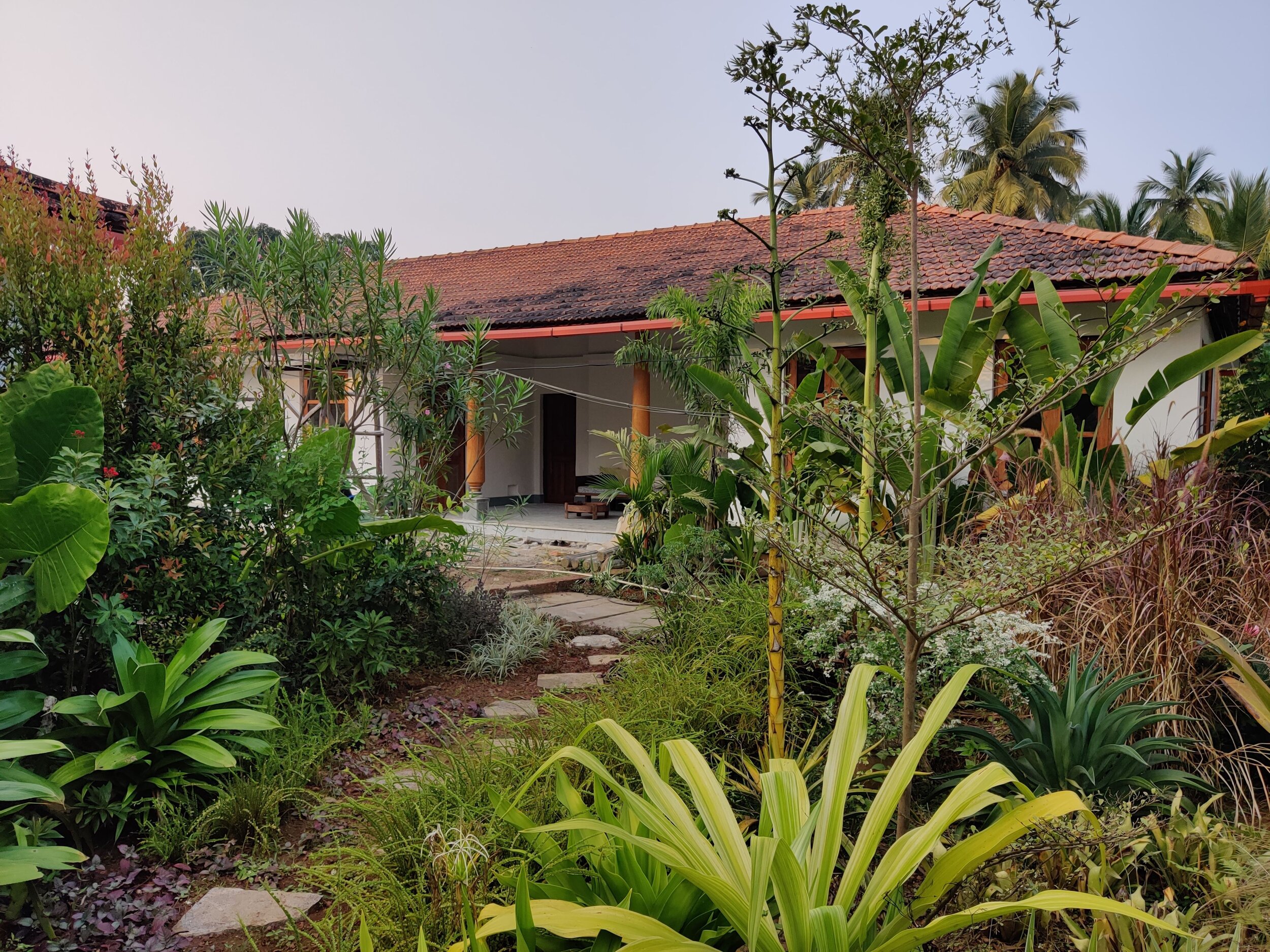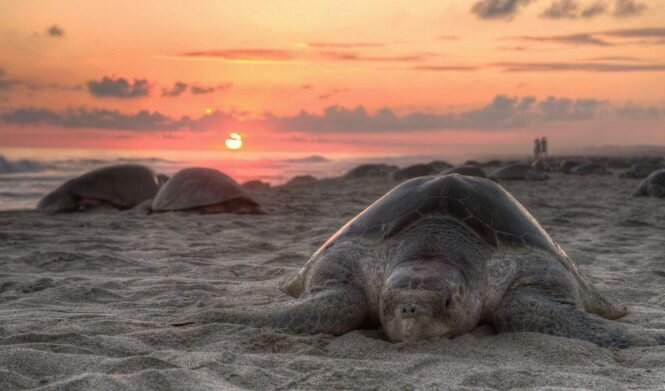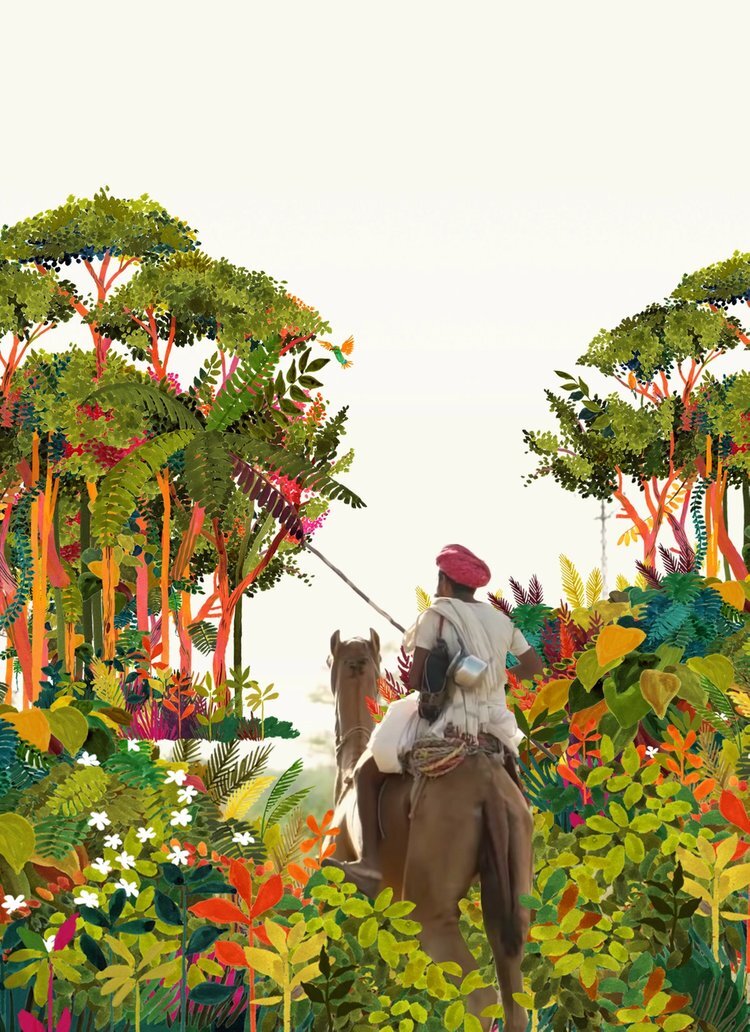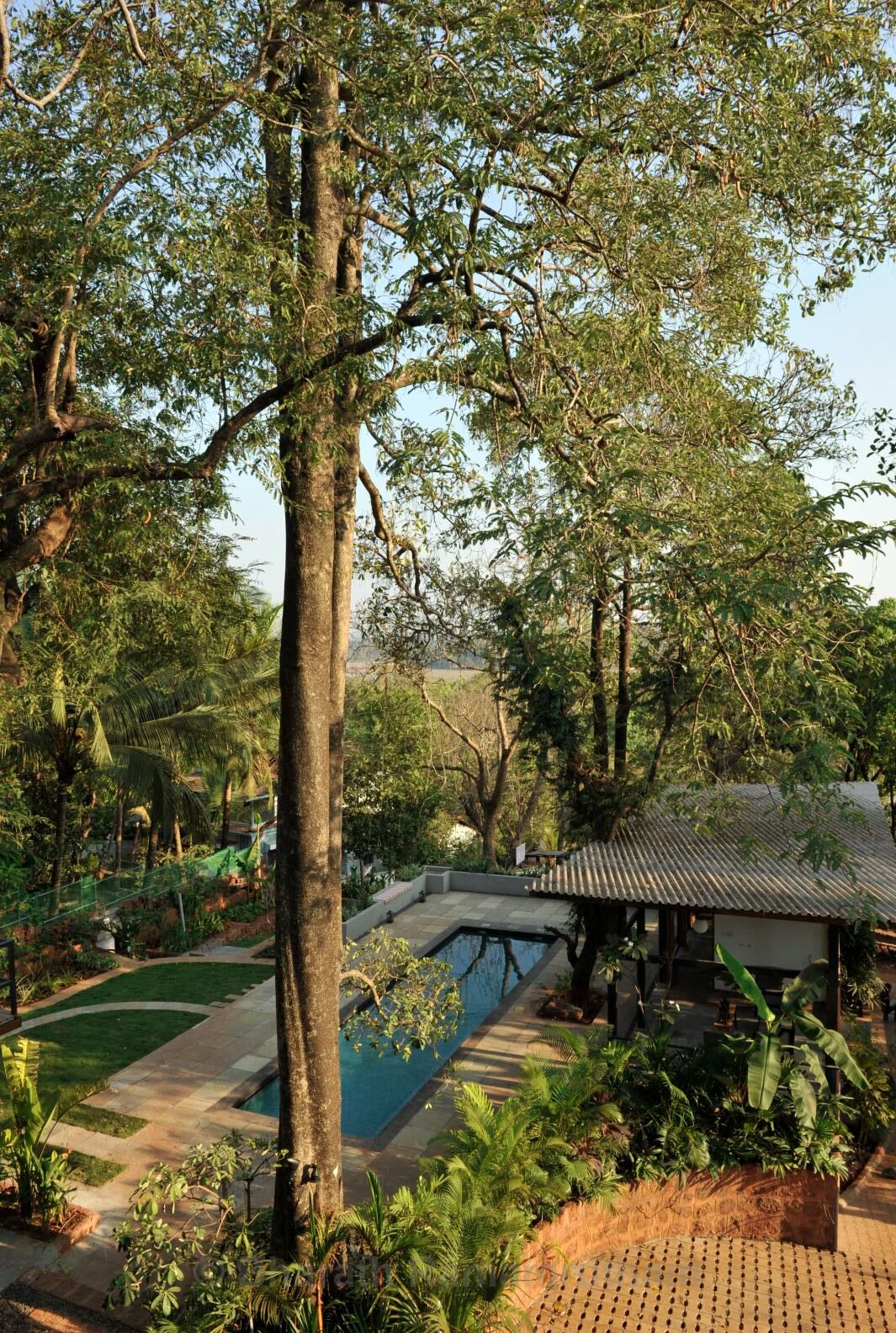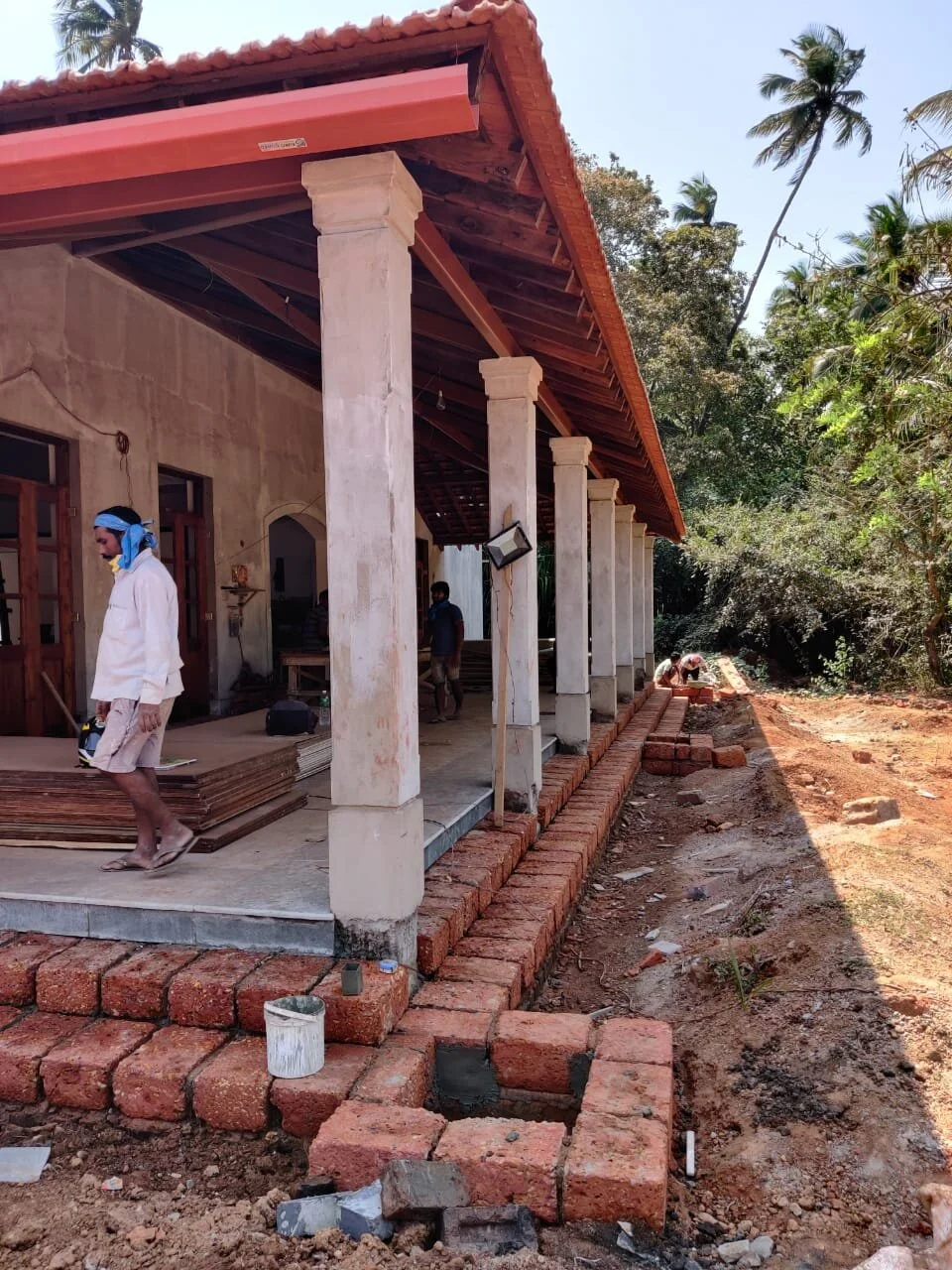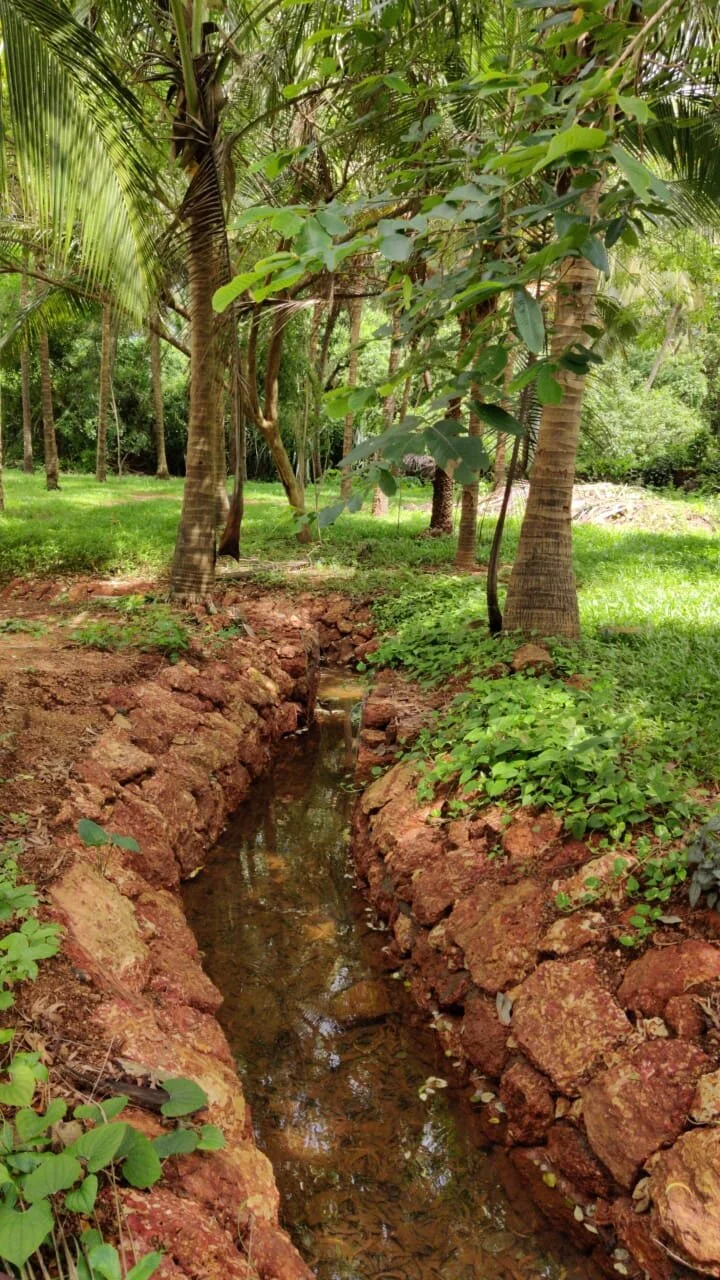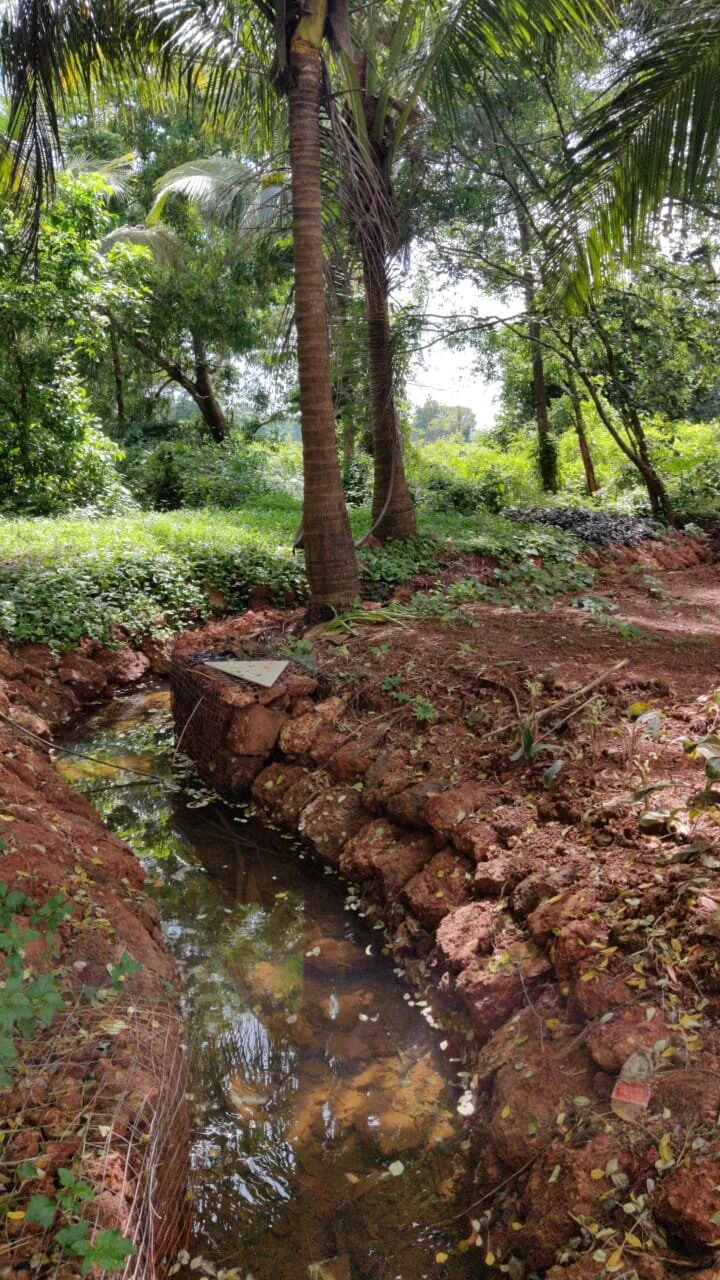Goa is a goldmine of biodiversity and trees are the crucial negotiators that tie these ecosystems together. As awareness increases about habitat loss and deforestation, people have taken the responsibility of hosting planting and re-wilding drives. The first step in this process is to identify and select plant species which are most effective and resource efficient for natural landscaping.
Here are popular, easy to source, and easy to plant species that are commonly found along Goa’s roads and within Goan homes.
AVENUE TREES
These trees are typically used for roadside planting owing to their large and extensive canopies that offer shade throughout the year. One often finds seasonal flowering trees chosen as avenue trees. However, fruiting varieties are typically avoided and are found mostly in private properties.
01 The Indian Laburnum
Cassia Fistula or The Indian Laburnum or Amaltas as it is locally called is a medium-sized deciduous tree. It is a sun loving tree that is known for its abundant and glorious yellow summer flowers. The tree is extensively found in Goa, especially along the roads of Panjim.
02 The Scholar’s Tree
The Scholar’s Tree or Satvin as it is locally called is a tall, evergreen tree with branches in whorls. The tree blooms in the winter with white, fragrant flowers that are found in clusters. The tree is found all over Goa and is also otherwise known as The Devil’s Tree.
HOME TREES
Goa’s incredible biodiversity is best experienced at home. Homeowners can choose to plant any native flowering or fruiting tree without worrying about extensive care or maintenance. Many of these trees are also found in Goa’s public gardens and are known to attract a wide variety of birds and butterflies. These trees also support a lot of insects and creepy crawlies. This post tells you how you can design to coexist with and celebrate Goa’s diverse flora and fauna.
03. The Frangipani Tree
Plumeria Rubra or Plumeria Obtusa or Frangipani or Champa as it is lovingly called is a tropical tree and is a residential favourite in Goa. The Champa shrub has a lovely sculptural form and requires little maintenance. The plant does not require too much water and can thrive in any well-drained soil. The flowers are fragrant, bloom throughout the year, and come in different colours.
04. The Traveller’s Palm
The Traveller’s Palm is a picturesque spreading tree that looks beautiful when used along compound walls and the site edges. The fan profile layers over and blurs the hard site edge while also creating privacy. The palm is water loving and retentive, making it a valuable landscape feature during Goa’s heavy monsoons.
Also read about the native trees of Goa here.
Find a detailed list of Goa’s native trees in this directory.
Read our blog post on Protecting the Western Ghats here.




